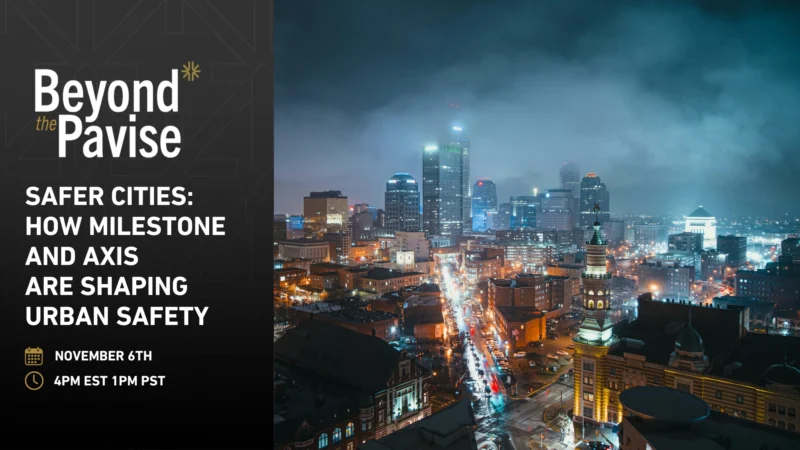Radios and School Safety: Are Walkie Talkies a True Safety Net?
In today’s rapidly changing educational environment, swift and efficient communication has never been more crucial. From active shooter scenarios to medical emergencies or even mundane issues like trespassing, the ability to relay information in real-time can significantly alter outcomes. While many contemporary schools boast cutting-edge tech, many older infrastructures lack foundational communication tools.
Surprisingly, the simple two-way radio emerges as a paramount tool in such scenarios. These handheld devices offer instant communication, unaffected by WiFi or cellular signal limitations. However, their use isn’t without challenges, like ensuring they’re on the right channel or maintaining an optimal volume level.
For deeper insights into the significance and nuances of school communication, Adam Coughran, President of Safe Schools Inc., is a leading voice on this Icom subject.
Adam’s Thoughts
“So, two-way communication in school crisis or really any emergency crisis can be absolutely paramount, not only to first responders, but also to school, staff, and administrators, especially in the early stages of any sort of crisis. A crisis could be things ranging from active shooter, emergency response–so medical emergency, stress, could be maybe just physical violence. There’s a fight on a school campus or an intruder. Right? Someone has jumped the fence or is trespassing.
Any of these things, two-way communication, especially radio, real-time communication is absolutely paramount. It was so many times we look at so many schools have been built and maybe they’re aging technologies where they were built at a time that, well, two-way communication and even public address systems weren’t necessarily thought of. And working with a number of schools and organizations across the country, we see a variety of buildings to where there simply just isn’t to a communication.
And radio communication then becomes most paramount, especially if there’s poor WiFi signal or cell phone signal, and attempt to use maybe a phone app or a two-way communication, such as simply as a phone call or text message. But still, it requires a device and a number of layers and ways to input the information, whereas handheld radios or as many teachers call them their “walkies” or walkie talkies, is real-time instant communication. And it’s also not a very tech heavy solution, meaning that usually either radio to radio, or in larger districts or campuses may be having a repeater, regardless of it, it’s simple. You can pick it up. Press the button and simply talk. And again, having real-time communication in crisis not only for the notification of some sort of crisis or incident, but also to work through the incident as well, having that ability to share information where this person is. What are the resources that we need?
So many schools do lean on their walkie talkies, or essentially their two-way radios for this type of communication.
However, thinking about this, there are also some limitations.
Many teachers will tend to take the radios and turn down the volume during instructional time in their classroom. Not wanting to be interrupted by radio transmissions, or the communication that maybe isn’t of an emergency nature so volume levels can be one.
The second is what channel are you on? Many radio systems have multiple channels, which is again designed to carry multiple communications through the device, but are you on the right channel?
Is there an emergency only channel? Or are there just one channel that everyone uses, which again would lead to teachers presumably maybe turning down the volume during instructional time. So, again, communication incredibly important for any type of crisis, but thinking about the ways in which to communicate, the policies, to communicate, and when and where to communicate is also incredibly important, but having the foundations of good communication, knowing that we can get real-time information out and back whether it’s from law enforcement, or again, across teachers or administrators is vitally important for school safety.
Article written by Cara Schildmeyer.



